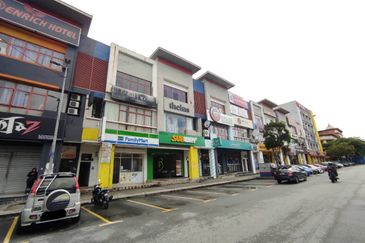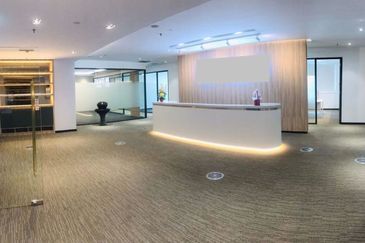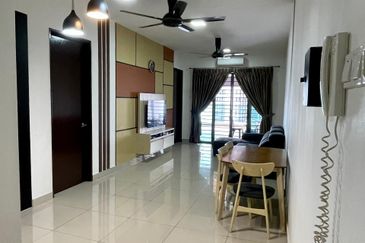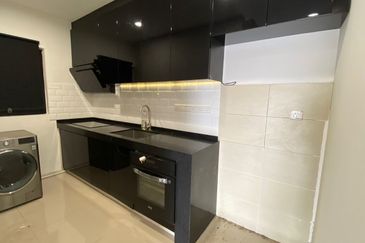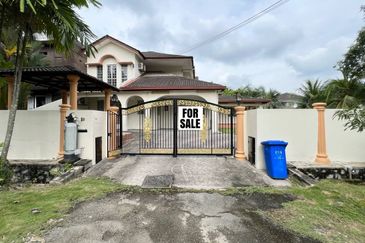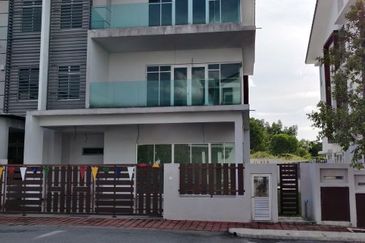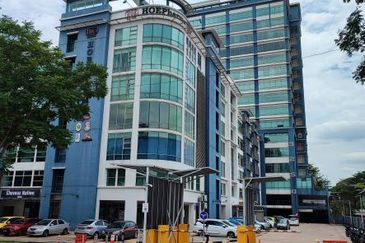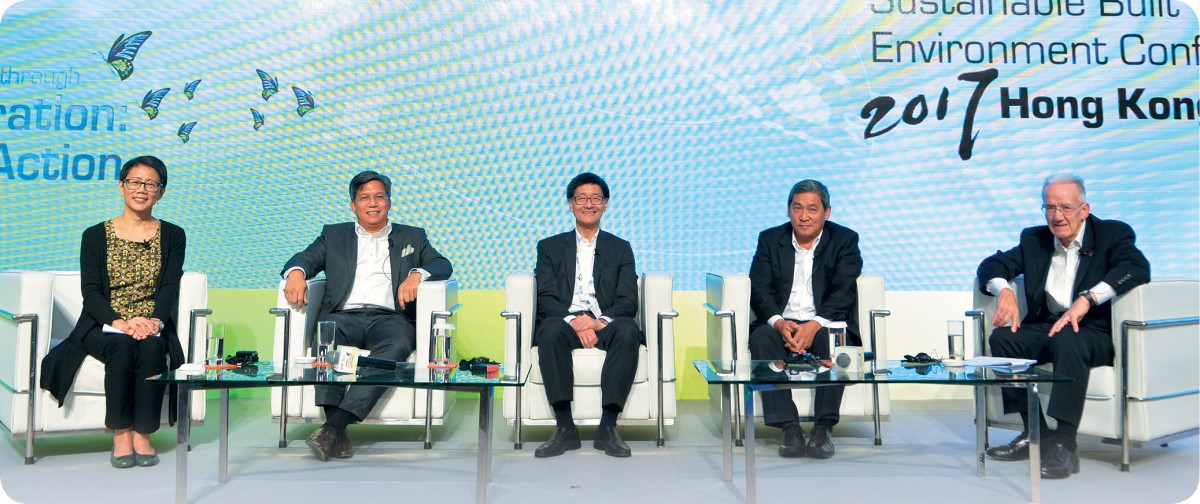
HONG KONG (July 10): The key to a successful and sustainable development lies in its occupants and users, said green building experts.
Singapore Building and Construction Authority’s Built Environment Research and Innovation Institute deputy managing director Tan Tian Chong stressed that it is important to get the occupants involved in the maintenance of a green building.
“You can have a great building but it will not last if the occupants do not realise how good it is and if they do not take care of the building,” said Tan during a roundtable on the topic “Leadership Driving for the Sustainable Built Environment” held at the World Sustainable Built Environment Conference 2017 Hong Kong in early June. The roundtable was chaired by Hong Kong Under Secretary for the Environment Christine Loh.
All stakeholders — from the developer to the architect to the building’s occupants — have to work together to ensure the sustainability of a building. Hence, it is imperative that occupants play their role and that other stakeholders listen to their needs.
“We have to make them [occupants] understand that the energy performance of their building, for instance, has something to do with their comfort and efficiency in using the building,” Tan said.
He cited a project in Singapore, which was to upgrade the green features of low-rise high-school buildings in Singapore. “We were excited to install solar panels to turn these schools into positive or zero-energy school facilities. However, we found that they [the school staff and students] were not really excited about it. We then decided to pay more attention to what they want for a more comfortable study environment and how these green features can assist them towards this objective. We wanted to let them know that these are some things that could be done so they will be more appreciative and involved in the sustainable aspects of their school buildings.”
Another speaker at the roundtable was Hong Kong’s metro system transport operator Hong Kong MTR Corp chief executive officer Lincoln Leong. He agreed that one should always consider the occupants’ or residents’ needs and wants in the planning of a project.
“While we are planning a development or a transportation system, we should also put priority on the users and occupants in terms of planning, detailing and the flow of the system. All the stakeholders should also work hand-in-hand to develop an integrated system that is easy and convenient to use,” he said.
When it comes to planning a new public transportation system, stakeholders such as the town planner, the MTR Corp and developers should discuss how to blend in every component well to maximise efficiency and convenience of usage, he added.
Users should speak up
Emeritus Professor of Building Science at the School of Architecture in Victoria University of Wellington George Baird, who also took part in the roundtable, pointed out that one way the occupants can get themselves involved in the sustainability of a development is by voicing out any defects or problems they think should be rectified.
“No building will be perfect from day one. It is improved over time and the occupants are the ‘experts’ on the building. They should speak up when things are not right,” Baird said.
He said generally, building managers are too “terrified” to ask while occupants are nonchalant or not bothered to speak up.
“The managers are terrified to ask because it will most likely lead to a blame game. However, a building needs to be ‘adjusted’ through the years to remain sustainable. So occupants should get more involved and their voices should be taken seriously,” Baird shared.
Meanwhile, Enterprise Professor at the University of Melbourne Greg Foliente believes that when considering the views of the residents, one has to keep in mind that everyone has different views and that there is no one-size-fits-all formula in managing a green building.
“We should take two steps forward and one step backward to rethink and understand where these occupants’ opinions are coming from because everyone holds different views. We should first understand what is bothering them before we can convince them. For example, if they are concerned over their well-being, we need to show them what the benefits are,” Foliente said.
Meanwhile, Wheelock and Company Ltd chairman and managing director Douglas Woo believes no one can build a successful sustainable building and environment all by themselves.
“It is about working together and sharing. Sharing is the best practice that can cut down the learning curve. Understand your role and play it well,” Woo concluded.
Themed “Transforming Our Built Environment through Innovation and Integration: Putting Ideas into Action”, the three-day conference held at the Hong Kong Convention and Exhibition Centre brought together 1,800 green building advocates, policymakers, academics and industry practitioners from over 55 countries. It was organised by the Hong Kong Green Building Council and Construction Industry Council.
This story first appeared in TheEdgeProperty.com pullout on July 7, 2017. Download TheEdgeProperty.com pullout here for free.
TOP PICKS BY EDGEPROP
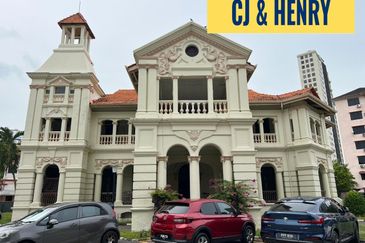
Jalan Burma @ Georgetown
Georgetown, Penang
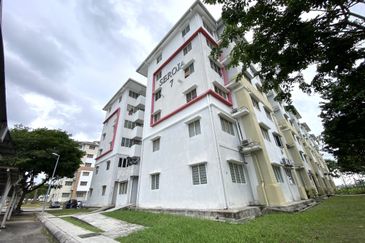
Pangsapuri Seroja
Setia Alam/Alam Nusantara, Selangor
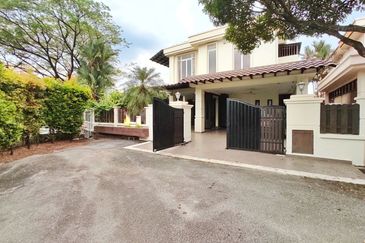
Persiaran Damansara Indah
Tropicana, Selangor

Pearl Villa Townhouse
Bandar Saujana Putra, Selangor
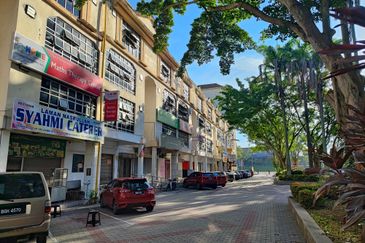
Nilai Square Commercial Center
Nilai, Negeri Sembilan


